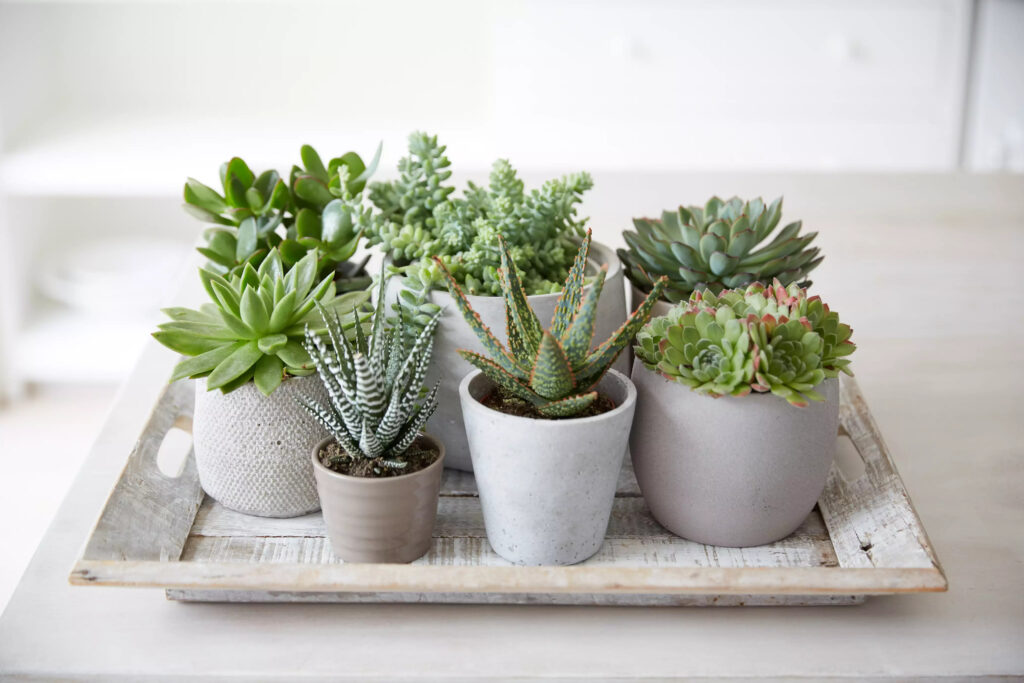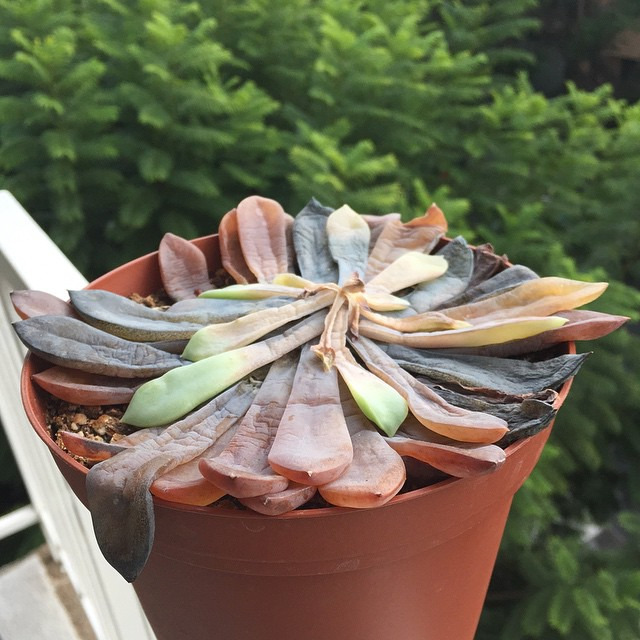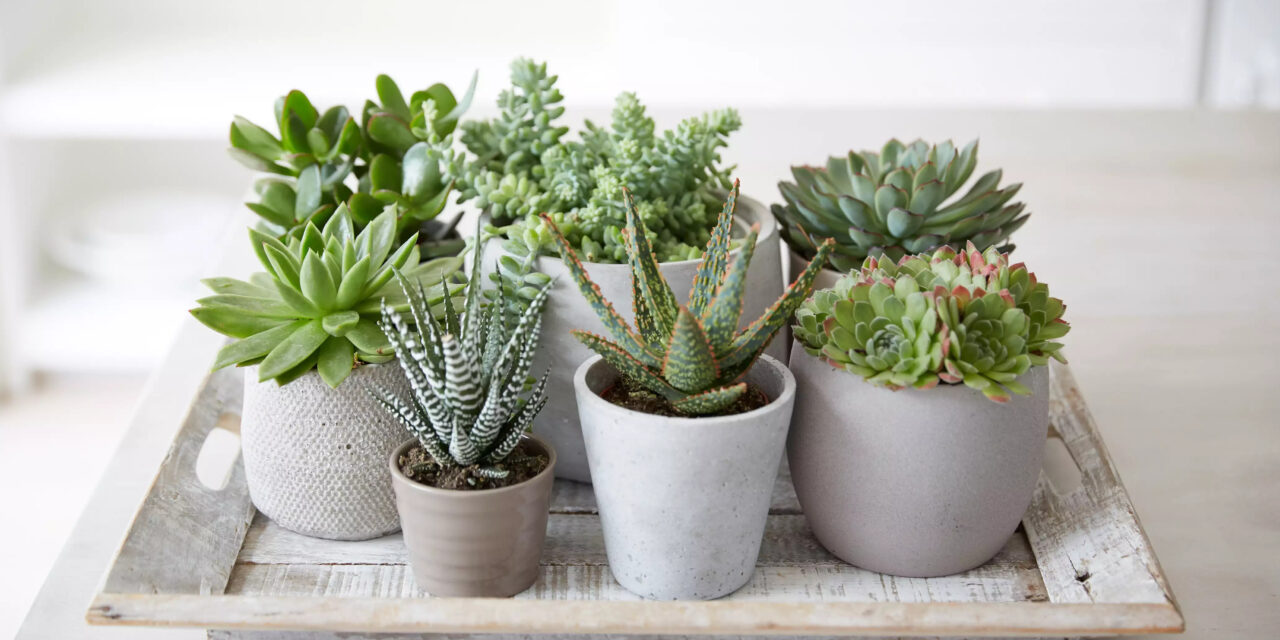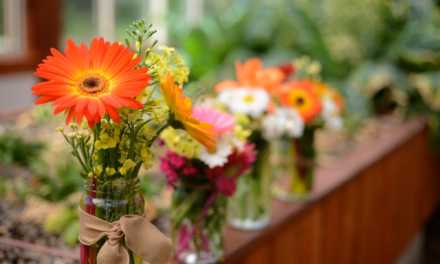Overwatered succulent? Learn how to avoid and how to fix an overwatered succulent.
Succulent plants, part of the cacti family, have been gaining popularity in recent years and sprouting up in more homes and gardens. Besides their esthetic charm, one of the beautiful things about having succulents around, is the ease of caring for them. When it comes to low-maintenance plant varieties, the succulent really checks a lot of boxes. After all, they can survive in the desert, one of the planet’s harshest environments! Succulents are a family of plants with fleshy leaves which are used for storing water. This is how they survive long periods without water, making them inherently drought resistant. They prefer a dry climate to humidity, and need plenty of sunshine.
The Succulent Basics
Container: Preferably one that allows for drainage.
Soil: Sandy or stony soils that promote drainage.
Sunlight: At least 6 hours a day.
Water: Once a week, pouring water directly on the soil. Soil should be dry to moist but never soggy; allow soil to dry in between waterings.
Temperature: Varies, but most succulents don’t like it too cold. Freezing can cause the leaves to turn mushy and die.
While succulents are extremely resilient and can get by without much, there is still a chance of harming them. Just as with most living things, during cycles of growth succulents need more water and light than during cycles of rest. For succulents, growth cycles are the warmer months, while they tend to rest during colder periods. It’s important to pay attention to watering and sunlight always, but particularly during these times. Overwatering succulents can quickly lead to root rot and pest infestation, while lack of or too much sunlight can also eventually kill the plant.
What Does a Healthy Succulent Look Like?

First, it’s good to recognize what a healthy succulent looks like. Most succulents have smooth leaves ranging from shades of green to other desert-like colors such as pink and purple. Colors are generally a good sign for succulents unless it is brown, or yellow and dry looking. Curled leaves can also mean problems are on the rise.
In general, healthy and happy plants will produce more leaves. For succulents, this often appears as plump green leaves growing in tightly underneath the existing leaves. These leaves might be lighter in color as they first come in. If there is a lack of new growth, that can mean the plant is potentially low or high in water or sunlight. Uneven growing and big spaces between leaves is another indicator of an unhealthy succulent and usually points to overwatering.
What Does an Overwatered Succulent Look Like?

Additionally, in the event a succulent is overwatered, the plant will look “sad” and its leaves will most likely appear translucent and mushy. The first step to remedy this is to cut back on watering. Even if you have been following a regular watering schedule, this type of change in the plant’s appearance is a sure sign it needs a water break. Allow the plant to completely dry out before attempting to give it any more water, particularly if it's during the colder, rest period.
How to Fix an Overwatered Succulent
Next, try moving the plant, roots and soil all together from the current container into a new one. One problem could be that the container does not allow for adequate drainage. Moving the plant into a new container with proper holes for draining will help avoid the issue of water build up and root rot. Before repotting however, be sure the roots are totally dried out and remove any noticeable rot by simply cutting it off. To speed up the drying process, place the plant and roots in direct sunlight for as long as necessary to reach dryness, anywhere from 3 to 7 days.
By drying and repotting, the succulent should come back to life. It’s important to pay attention to the feel of the soil and coloration in the plants rather than being on a strict watering schedule. Succulents are vocal in their own way and will let us humans know when they need more or less of something.



















